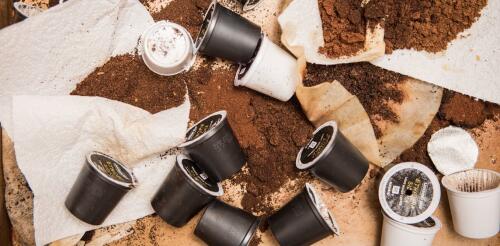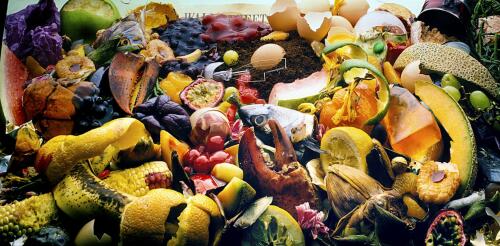Municipal solid waste
You’ve just finished a cup of coffee at your favorite cafe. Now you’re facing a trash bin, a recycling bin and a compost bin. What’s the most planet-friendly thing to do with your cup? Many of us would opt for the recycling bin – but that’s often the wrong choice. In order to hold liquids, most paper coffee cups are made with a thin plastic lining, which makes separating these materials and recycling them difficult. In fact, the most sustainable option isn’t available at the trash bin. It happens earlier, before you’re handed a disposable cup in the first place. In our research on waste behavior, sustainability, engineering design and decision making, we examine what U.S. residents understand about the efficacy of different waste management strategies and which of those strategies they prefer. In two nationwide surveys in the U.S. that we conducted in October 2019 and March 2022, we found that people overlook waste reduction and reuse...
Plastic is a fast-growing segment of U.S. municipal solid waste, and most of it ends up in the environment. Just 9% of plastic collected in municipal solid waste was recycled as of 2018, the most recent year for which national data is available. The rest was burned in waste-to-energy plants or buried in landfills. Manufacturers assert that better recycling is the optimal way to reduce plastic pollution. But critics argue that the industry often exaggerates how readily items can actually be recycled. In September 2024, beverage company Keurig Dr Pepper was fined US$1.5 million for inaccurately claiming that its K-Cup coffee pods were recyclable after two large recycling companies said they could not process the cups. California is suing ExxonMobil, accusing the company of falsely promoting plastic products as recyclable. Environmental law scholar Patrick Parenteau explains why claims about recyclability have confused consumers, and how forthcoming guidelines from the U.S. Federa...
Curious Kids is a series for children of all ages. If you have a question you’d like an expert to answer, send it to curiouskidsus@theconversation.com. Will we eventually have to send our trash into space if we run out of room on Earth? Aiden, age 13, Maryland Heights, Mo. Our planet holds a lot of trash. Since the Industrial Revolution, we humans have produced 30 trillion tons of stuff – from skyscrapers and bridges to clothes and plastic bags. Much of it is still with us in the form of waste. Globally, people add 350 million tons to this total every day. What’s worse, much of the world’s garbage is mismanaged – dumped on land, in waterways and in open dumps in cities and towns. This exposes people to serious health risks. It harms plants and soil, and a lot of waste finds its way into the oceans. Thinking about what a mess we’re making can be pretty ove...
You saw it at Thanksgiving, and you’ll likely see it at your next holiday feast: piles of unwanted food – unfinished second helpings, underwhelming kitchen experiments and the like – all dressed up with no place to go, except the back of the refrigerator. With luck, hungry relatives will discover some of it before the inevitable green mold renders it inedible. U.S. consumers waste a lot of food year-round – about one-third of all purchased food. That’s equivalent to 1,250 calories per person per day, or US$1,500 worth of groceries for a four-person household each year, an estimate that doesn’t include recent food price inflation. And when food goes bad, the land, labor, water, chemicals and energy that went into producing, processing, transporting, storing and preparing it are wasted too. Where does all that unwanted food go? Mainly underground. Food waste occupies almost 25% of landfill space nationwide. Once buried, it breaks down, gener...



